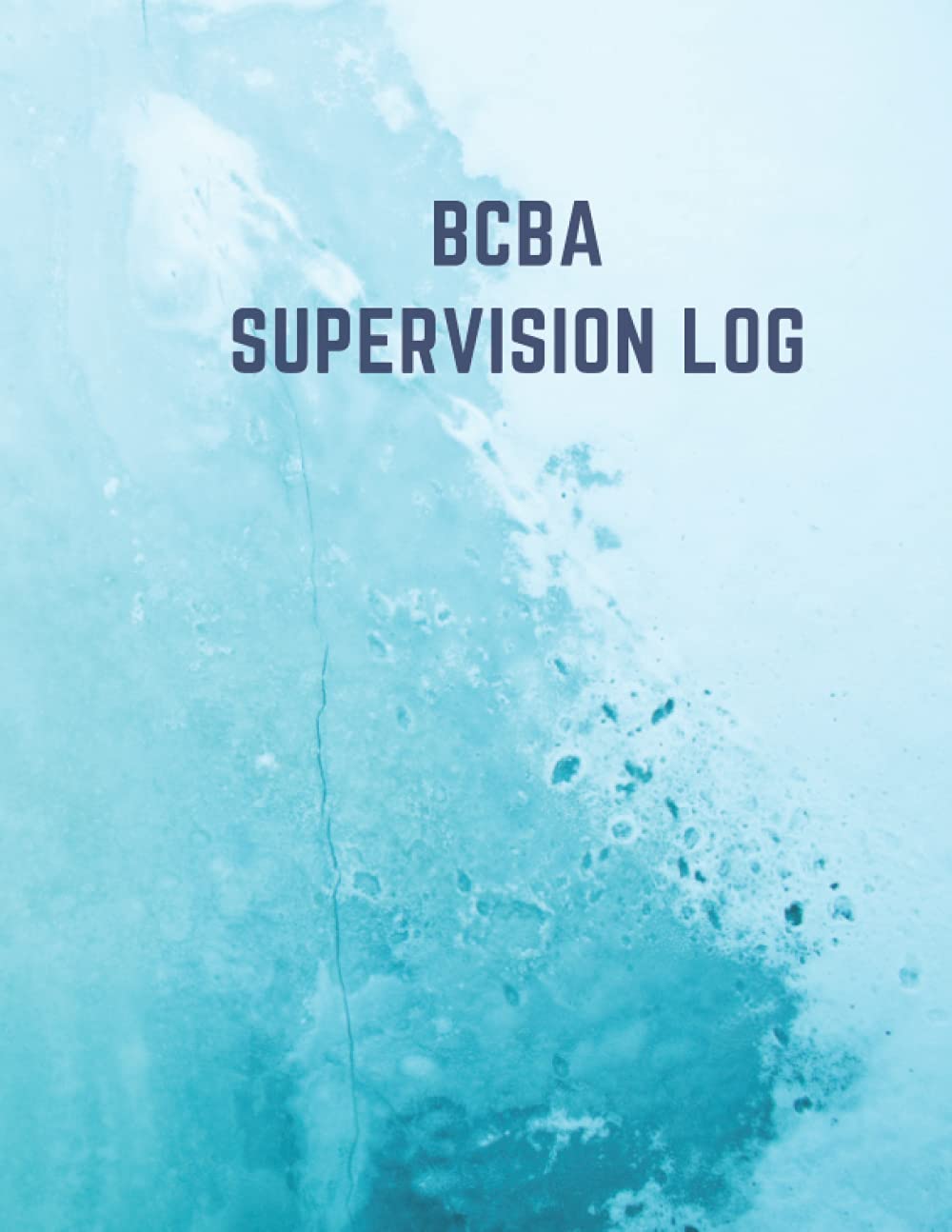









Understanding Documentation Systems: Your Guide to Efficient Management
In today’s fast-paced digital landscape, where information reigns supreme, a robust documentation system is not just a luxury—it’s a necessity. Have you ever found yourself drowning in a sea of documents, struggling to locate that one crucial piece of information? If so, you’re not alone. A well-structured documentation system can transform chaos into clarity, enabling better decision-making and enhancing productivity.
What is a Documentation System?
At its core, a documentation system serves as an organized repository for information. Think of it as a digital library where every book is meticulously categorized, making it easy for anyone to find what they need. It encompasses everything from user manuals and policy documents to training guides and project plans. The key is to ensure that all these resources are easily accessible and comprehensible.
The Importance of a Documentation System
Why should you invest time and resources into developing a documentation system? Here are a few compelling reasons:
1. **Enhanced Communication**: A centralized documentation system fosters better communication among team members. When everyone has access to the same information, misunderstandings are minimized, and collaboration flourishes.
2. **Increased Efficiency**: Time is money, and a well-organized documentation system saves both. Instead of sifting through endless files, employees can quickly locate relevant documents, allowing them to focus on their core tasks.
3. **Knowledge Retention**: Companies lose valuable knowledge when employees leave. A comprehensive documentation system acts as a safeguard, preserving institutional knowledge and ensuring continuity.
4. **Compliance and Risk Management**: In industries governed by regulations, maintaining accurate records is crucial. A robust documentation system helps organizations stay compliant, reducing risks associated with audits and legal issues.
Key Components of an Effective Documentation System
Creating a successful documentation system involves several essential elements:
1. **Organization**: Just like a well-planned bookshelf, your documentation should be organized logically. Use categories, tags, and subfolders to make navigation intuitive. Consider implementing a hierarchy that reflects the relationships between different documents.
2. **Accessibility**: Ensure that your documentation is accessible to all relevant stakeholders. This might involve using cloud storage solutions or internal networks. Remember, the easier it is to access information, the more likely it is to be used.
3. **Consistency**: Adopting a consistent format across documents is vital. This not only enhances readability but also makes it easier to train new employees. Use templates and style guides to maintain uniformity.
4. **Version Control**: In a dynamic work environment, documents often undergo revisions. Implement a version control system to track changes and maintain an archive of previous versions. This way, you can revert to earlier drafts if necessary.
5. **Search Functionality**: A powerful search tool is invaluable. Imagine trying to find a needle in a haystack. A robust search function can save countless hours by allowing users to locate documents using keywords or phrases.
Choosing the Right Tools for Your Documentation System
Selecting the appropriate tools for your documentation system can significantly impact its effectiveness. Here are some popular options:
1. **Document Management Systems (DMS)**: Platforms like SharePoint or Google Drive offer comprehensive solutions for organizing, sharing, and collaborating on documents.
2. **Project Management Tools**: Tools such as Trello or Asana can help integrate documentation into your project workflows, ensuring that relevant information is always at hand.
3. **Knowledge Management Software**: Consider using specialized knowledge management systems like Confluence or Notion. These platforms are designed to store and organize information in an engaging and user-friendly manner.
Best Practices for Maintaining Your Documentation System
Once you’ve established your documentation system, maintaining it is crucial. Here are some best practices to keep in mind:
1. **Regular Audits**: Periodically review your documentation to ensure it remains accurate and relevant. Outdated information can lead to confusion and errors.
2. **Encourage Contributions**: Foster a culture where team members feel empowered to contribute to the documentation. This not only enriches the content but also promotes a sense of ownership.
3. **Training and Onboarding**: Incorporate your documentation system into training programs for new employees. A thorough understanding of how to navigate the system will enhance their productivity from day one.
Conclusion
In a world where information is the backbone of success, a well-structured documentation system is indispensable. By investing in the right tools, practices, and organization strategies, you can create a system that not only saves time but also enhances collaboration and knowledge retention. Remember, the goal is to transform information from a burden into a powerful asset that drives your organization forward.
FAQs
1. What types of documents should be included in a documentation system?
A comprehensive documentation system should include user manuals, training guides, policy documents, project plans, and any other relevant materials that facilitate understanding and communication within your organization.
2. How often should I update my documentation system?
Regular audits are essential. Aim to review and update your documentation at least quarterly to ensure it remains accurate and relevant. However, any significant changes in processes or policies should prompt an immediate review.
3. Can a documentation system improve employee onboarding?
Absolutely! A well-organized documentation system provides new employees with easy access to essential information, helping them acclimate faster and become productive members of the team.
